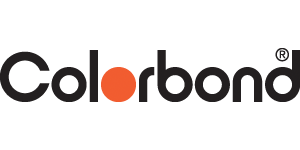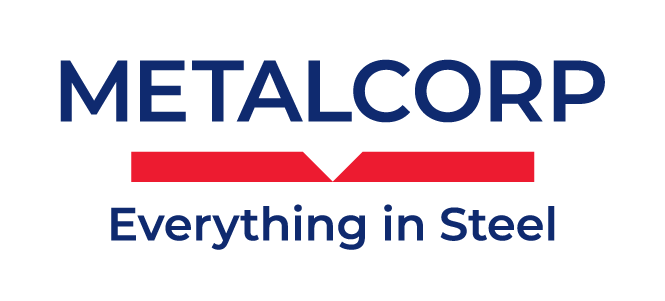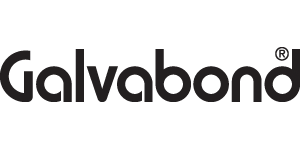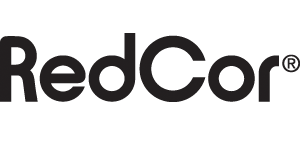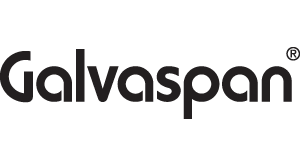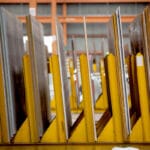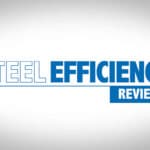Aluminium 7005 Data Sheet
7005 Overview
7005 is a heat treatable high strength alloy with excellent corrosion resistance and excellent weldability with a structural surface finish. The higher strength of 7005 is ideal for structural applications particularly in marine and transport.
Density of 2.78g/cm3
Common Applications
7005 has a higher initial and welded strength to 6xxx series structural alloys and is preferred in large and complex extrusions like load bearing members for road and rail vehicles.
Welding
7005 has excellent weldability by all standard methods including GMAW (MIG) and GTAW (TIG). Filler alloy 4043 is the primary filler though 5356 wire is the suggested alternative.
Machining
7005 has good machinability.
Similar Products
Structural alloys 6082 and 6351 are alternatives to 7005 though they have lower mechanical properties.
|
Chemical Composition Specification (%) Single values are maxima except as noted |
||||||||||
| Alloy | Si | Fe | Cu | Mn | Mg | Cr | Zn | Ti | Other | |
| Each | Total | |||||||||
| 6351 | 0.7-1.3 | 0.5 | 0.10 | 0.4-0.8 | 0.4-0.8 | – | 0.20 | 0.20 | 0.05 | 0.15 |
| 6082 | 0.7-1.3 | 0.5 | 0.10 | 0.4-1.0 | 0.6-1.2 | 0.25 | 0.20 | 0.10 | 0.05 | 0.15 |
| 7005 | 0.35 | 0.40 | 0.10 | 0.20-0.7 | 1.0-1.8 | 0.06-0.20 | 4.0-5.0 | 0.01-0.06 | 0.05 | 0.15 |
|
Mechanical Property Specification – Single values are maxima except as noted |
|||||||
| Alloy and Temper | Thickness mm | Tensile Strength | Elongation (% min in 50mm) | ||||
| Over | Up to | Ultimate | Yield | ||||
| Min | Max | Min | Max | ||||
| 6351 T6 | <150mm | 295 | – | 255 | – | 8 | |
| 6082 T6 | <20mm | 295 | – | 255 | – | 7 | |
| 7005 T593 | 4.5 | 20 | 350 | – | 300 | – | 10 |
Standards Referenced
AS/NZS 1866:1997 Reconfirmed 2020 – Aluminium and aluminium alloys – Extruded rod, bar, solid and hollow shapes AAC (Australian Aluminium Council) publication – “Aluminium Standards Data and Design, Wrought products”.
The information in this data sheet document is not an exhaustive statement of all relevant information and is provided by way of general information only. BlueScope Distribution Pty Ltd makes no representation or warranty in relation to this data sheet document or the products or processes it describes, and takes no responsibility for any adverse consequences of any nature which arise as a result of reliance on the information or recommendations contained in it. You must make your own assessment of the information and recommendations contained in this data sheet document, including when necessary seeking specific advice as to the suitably of the products or processes featured in this data sheet document for the purpose for which, and the manner in which, you propose to use them. This may involve further independent analysis and testing.

